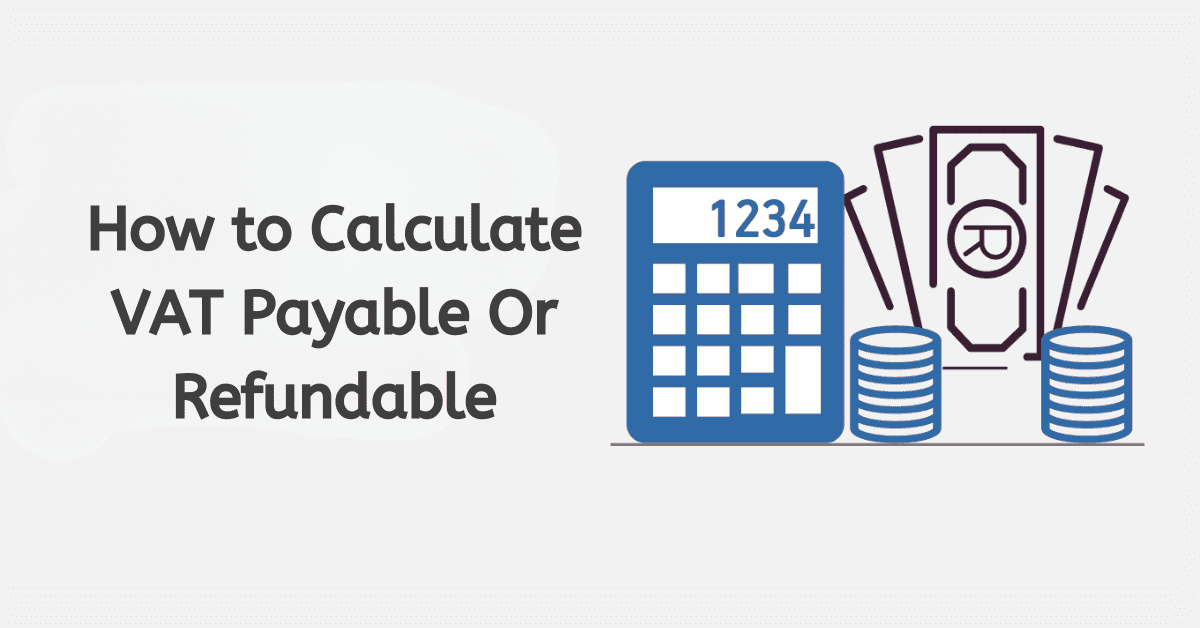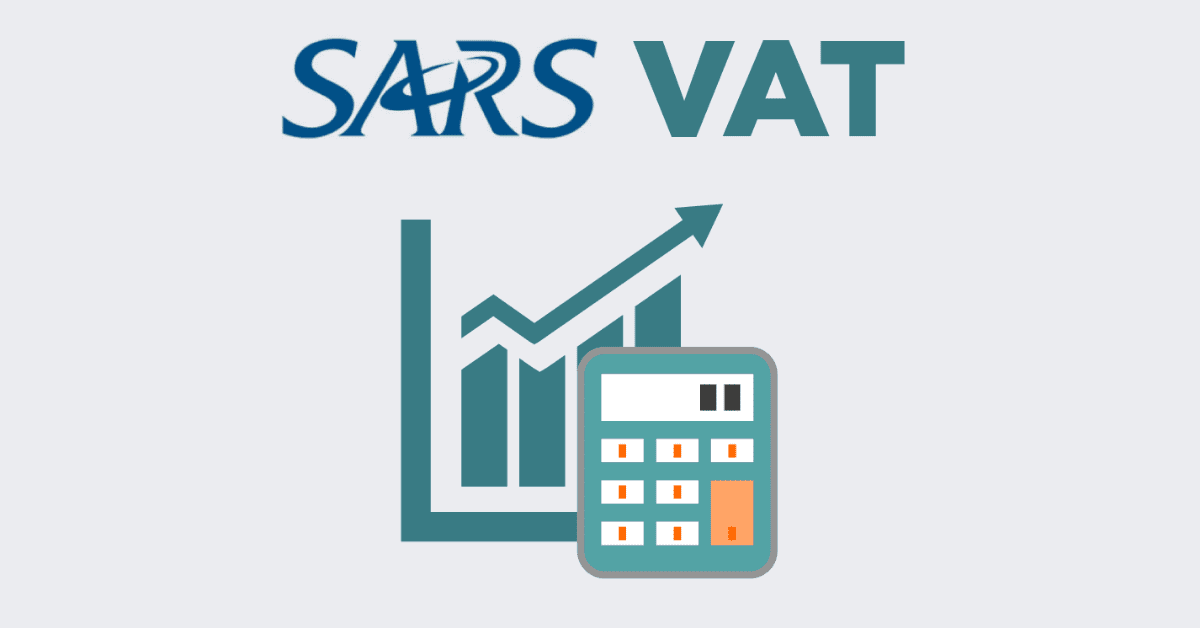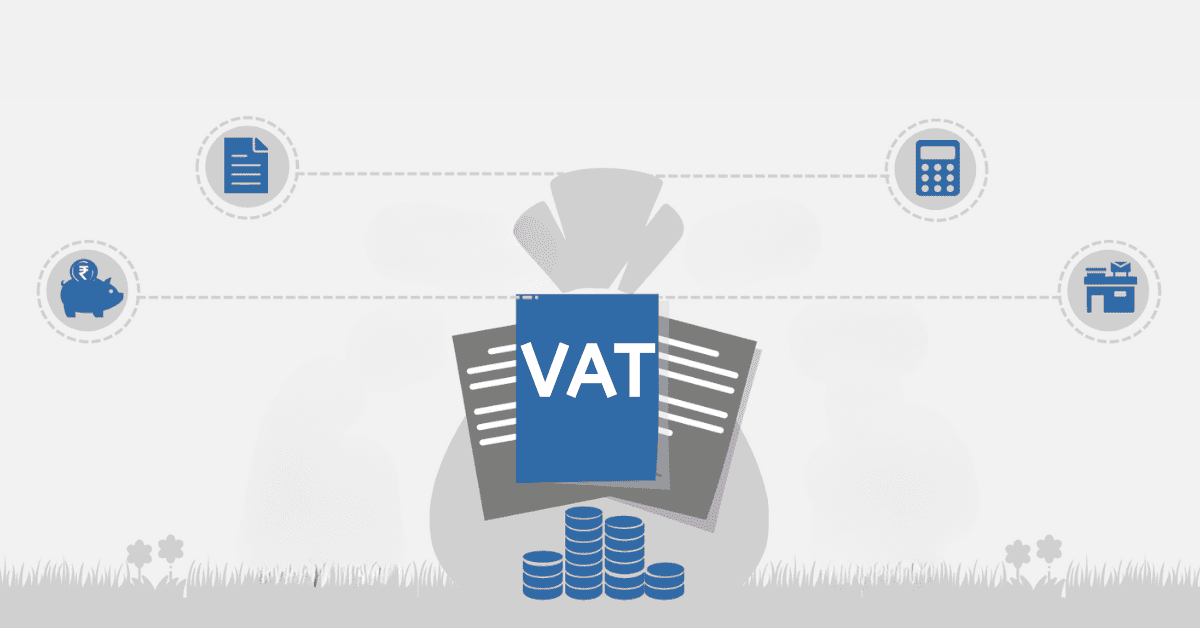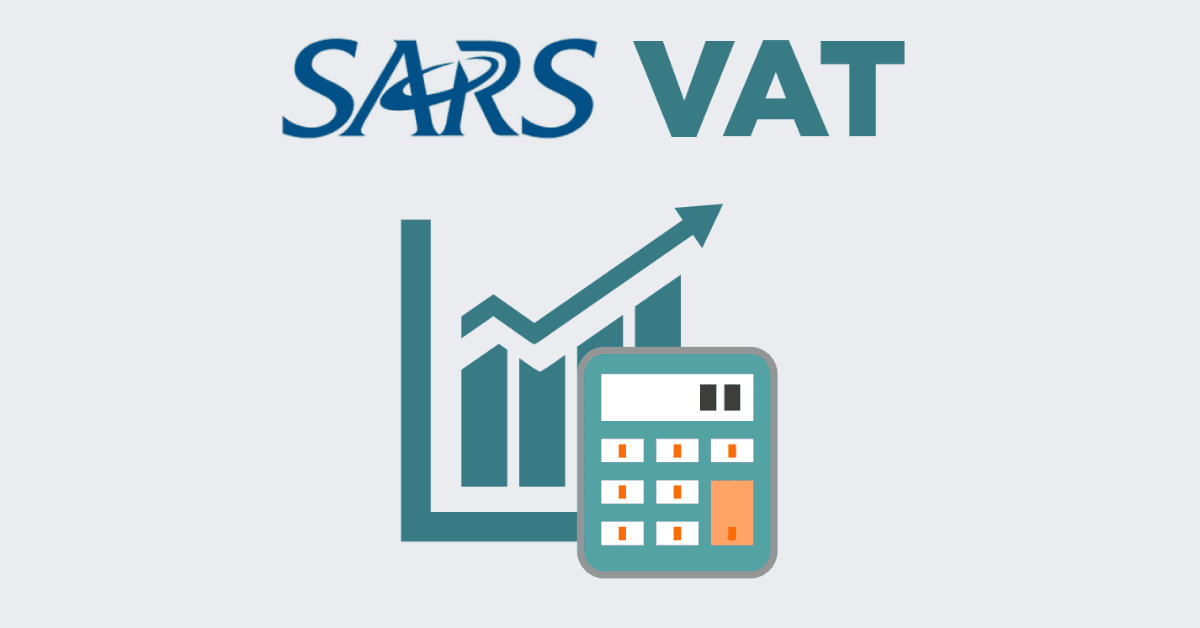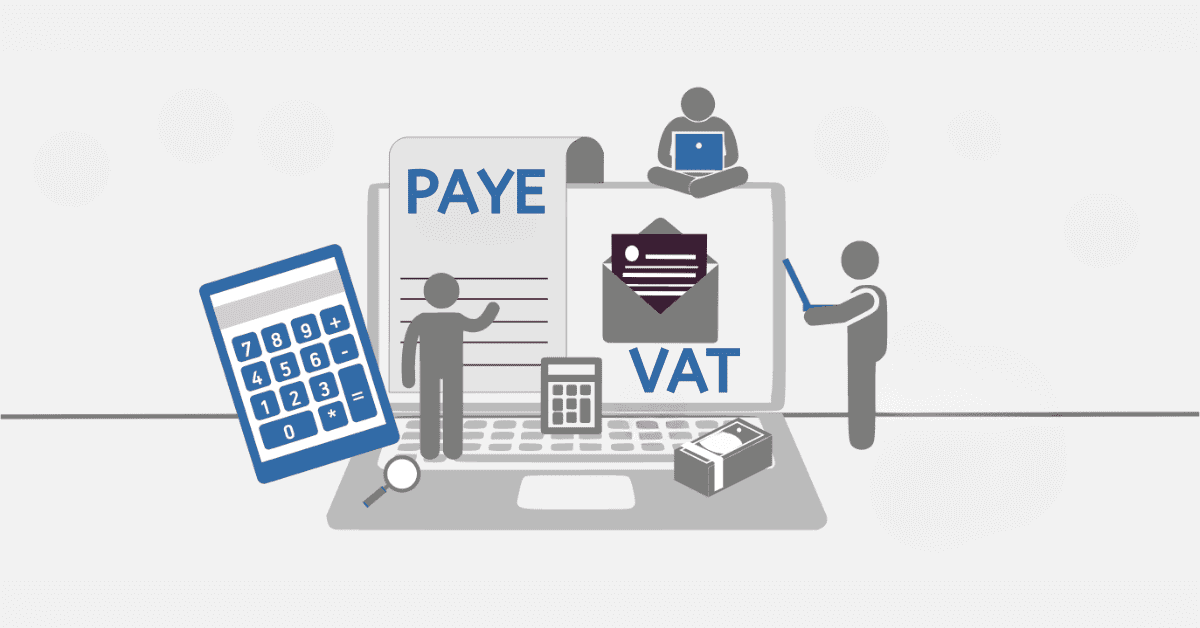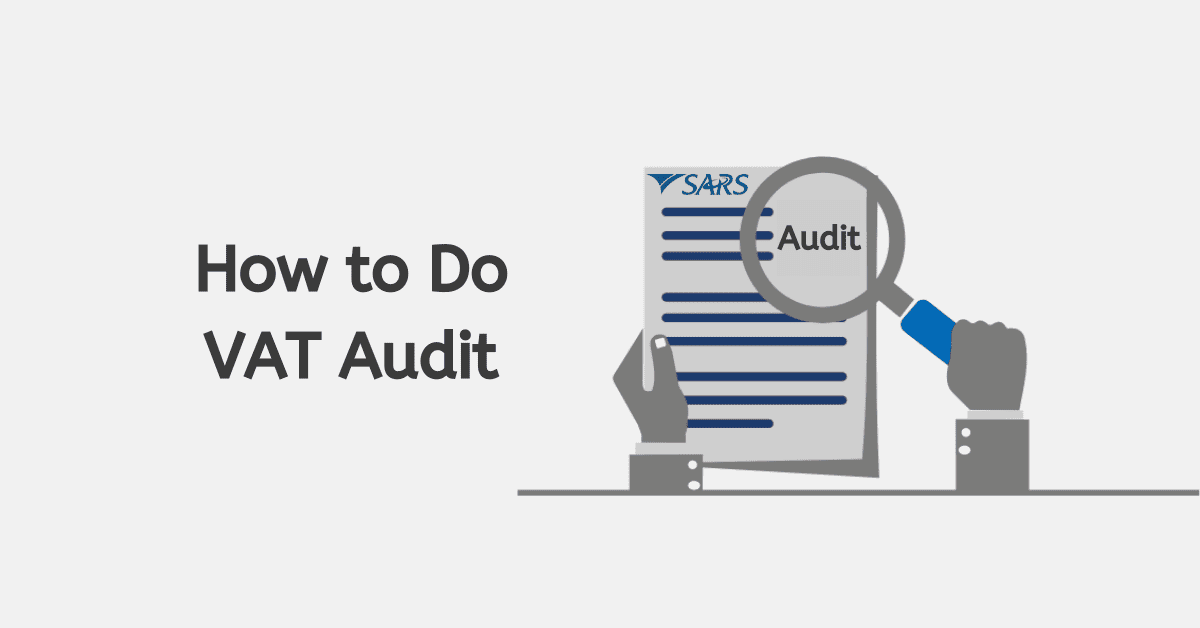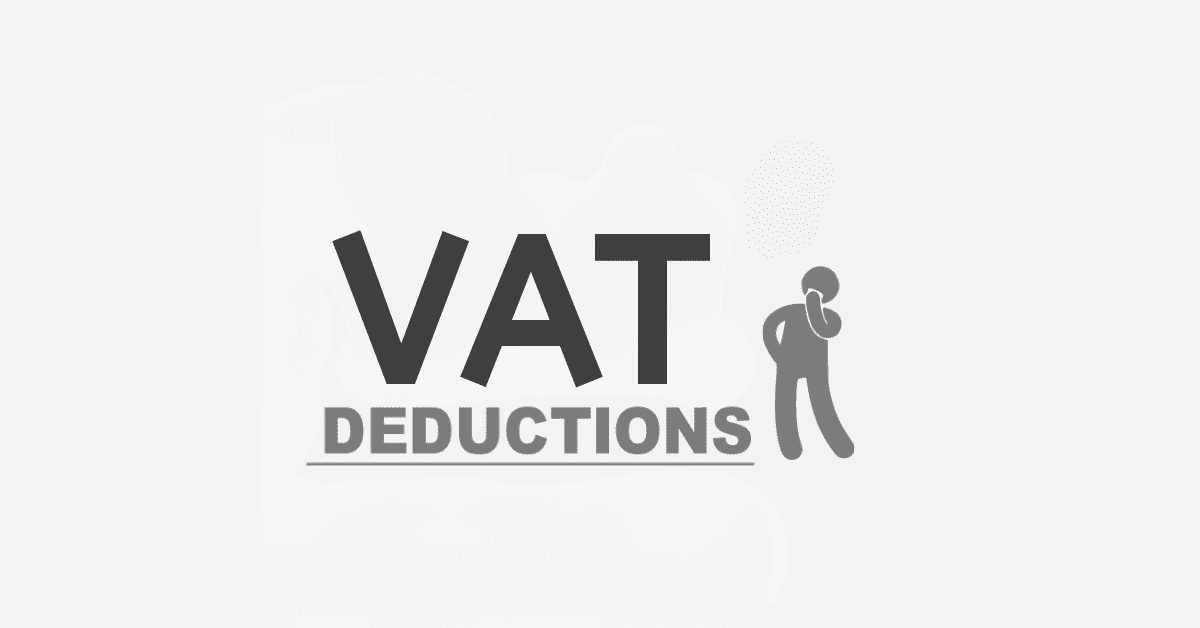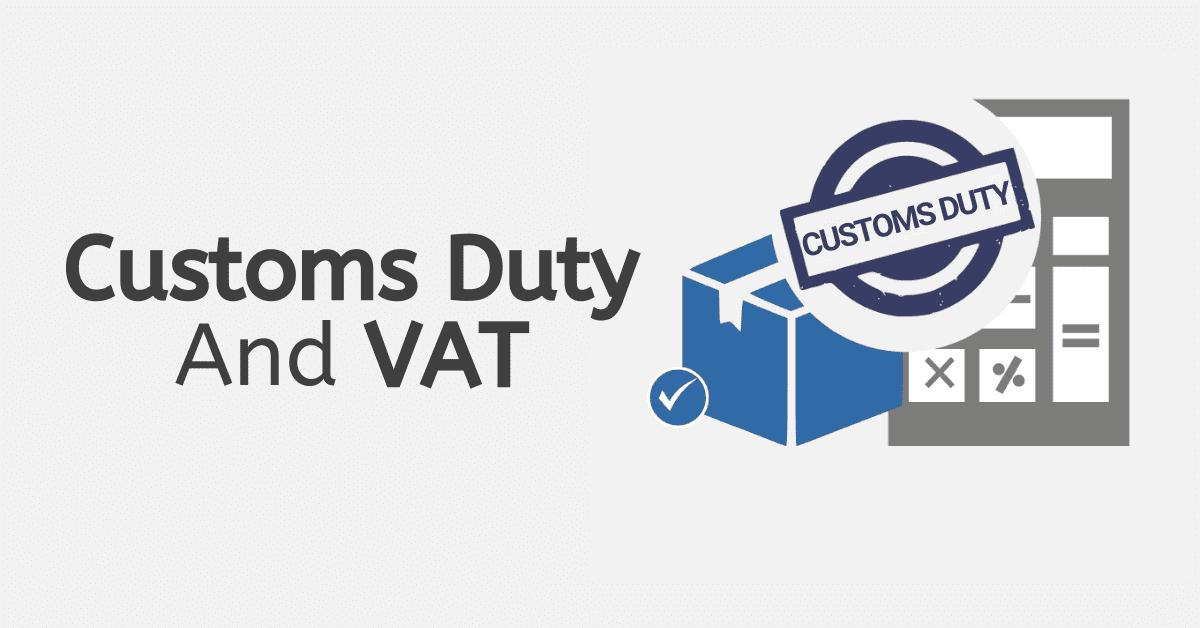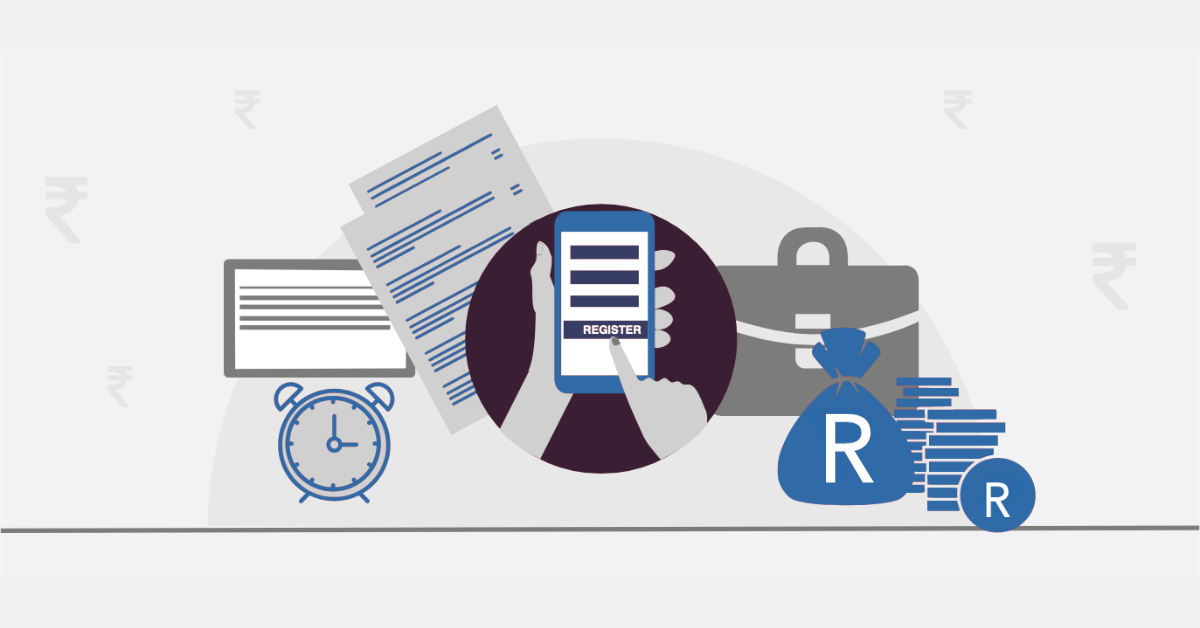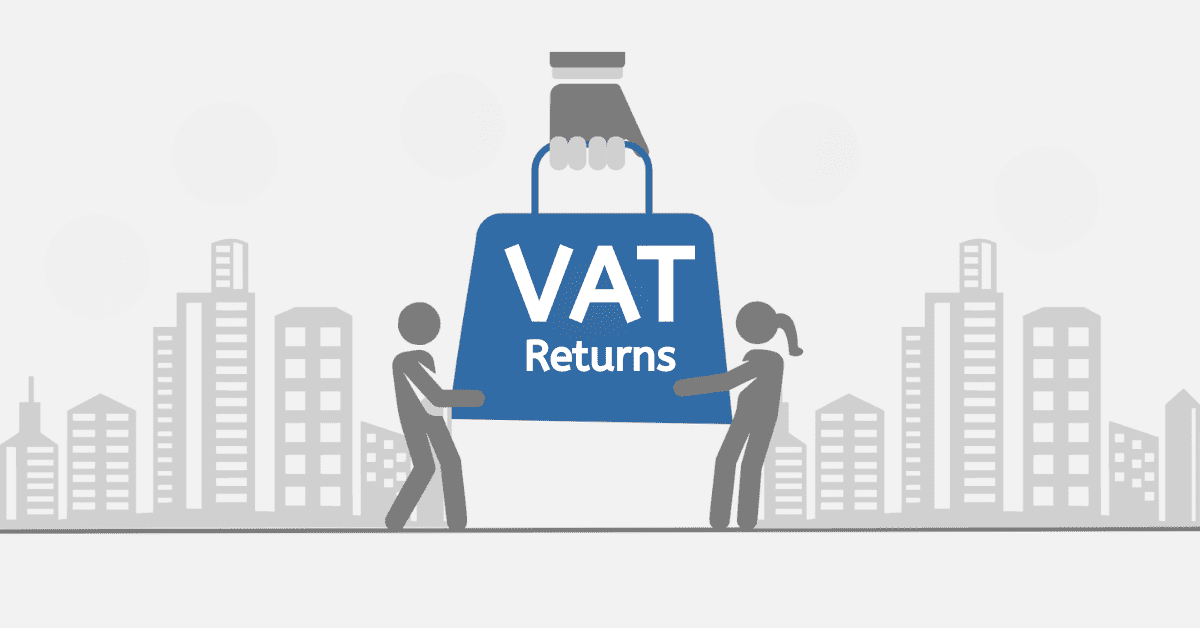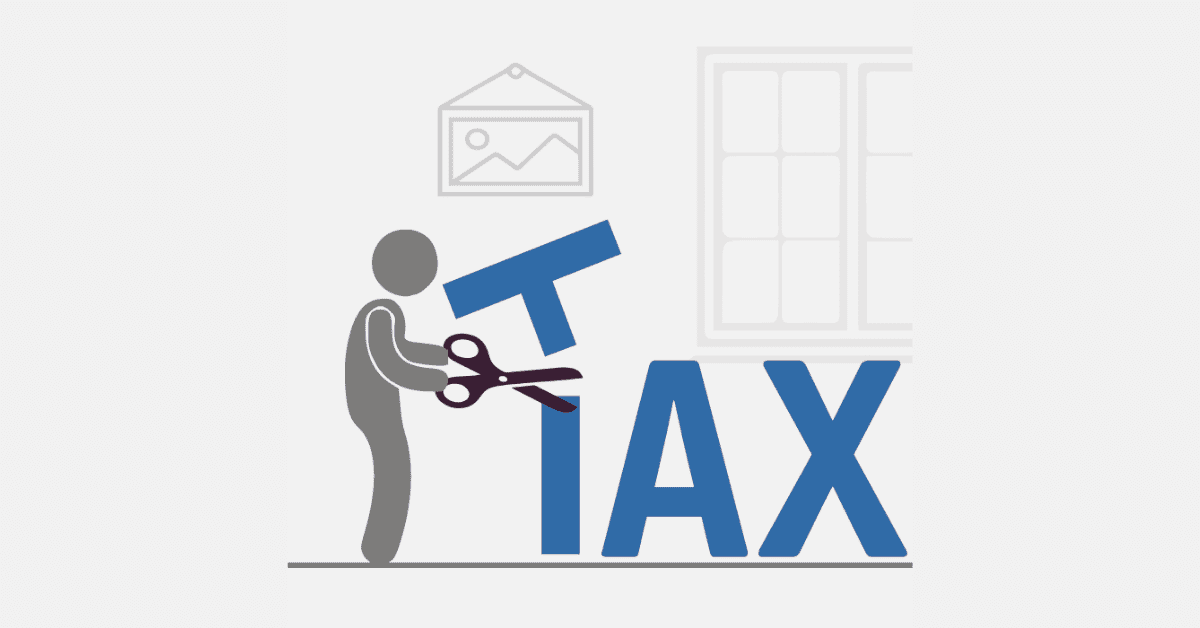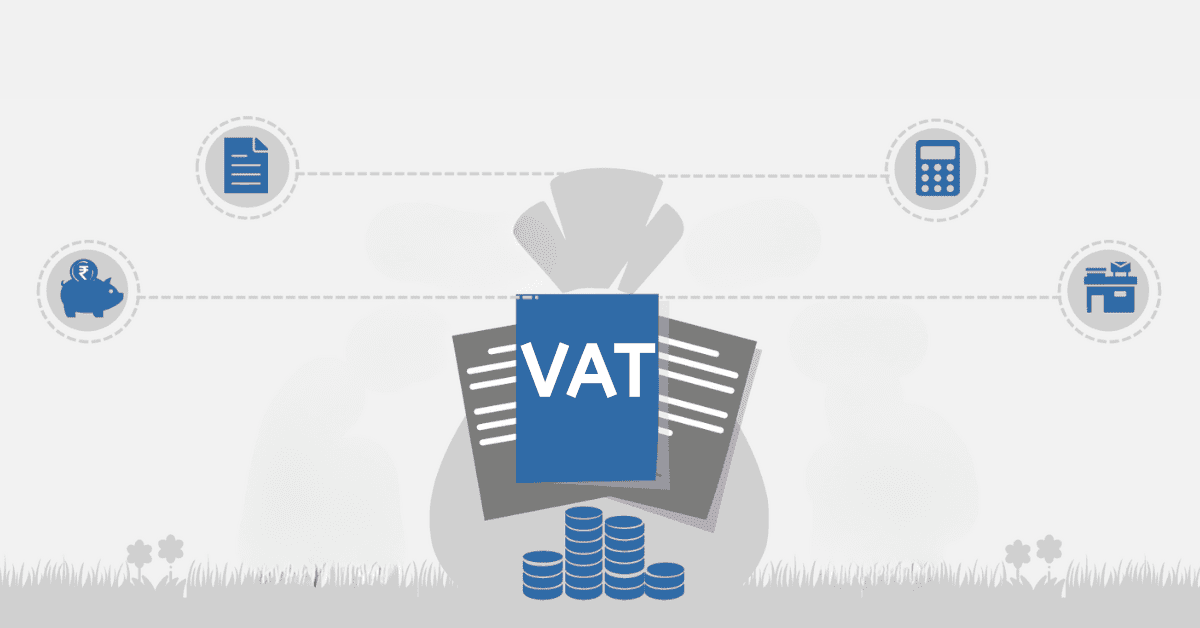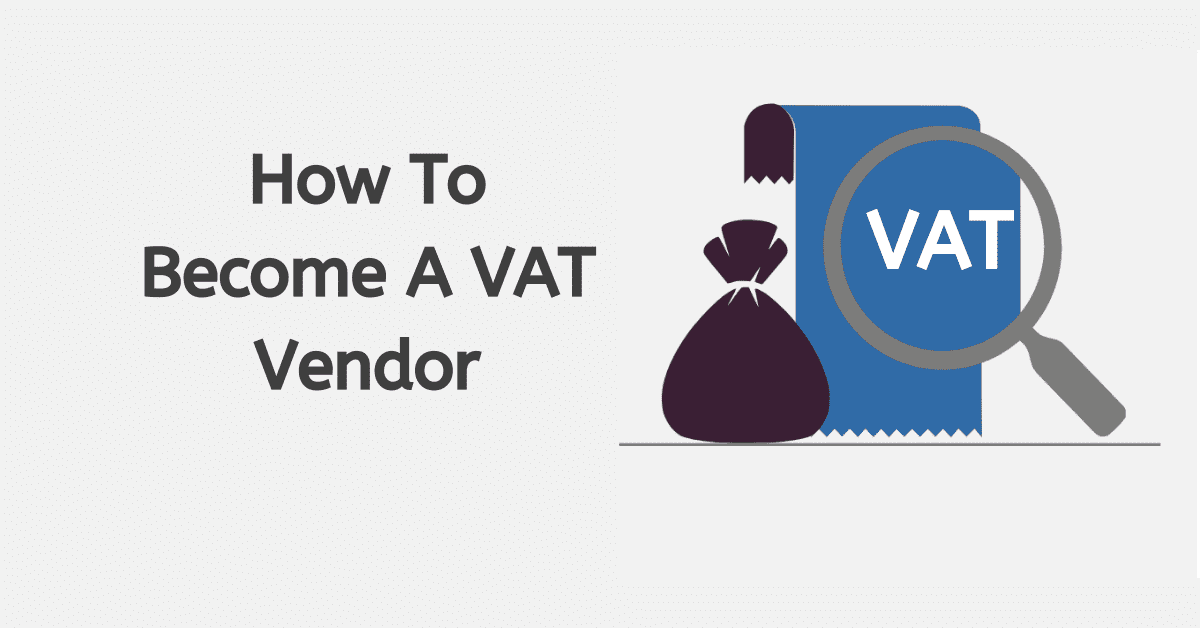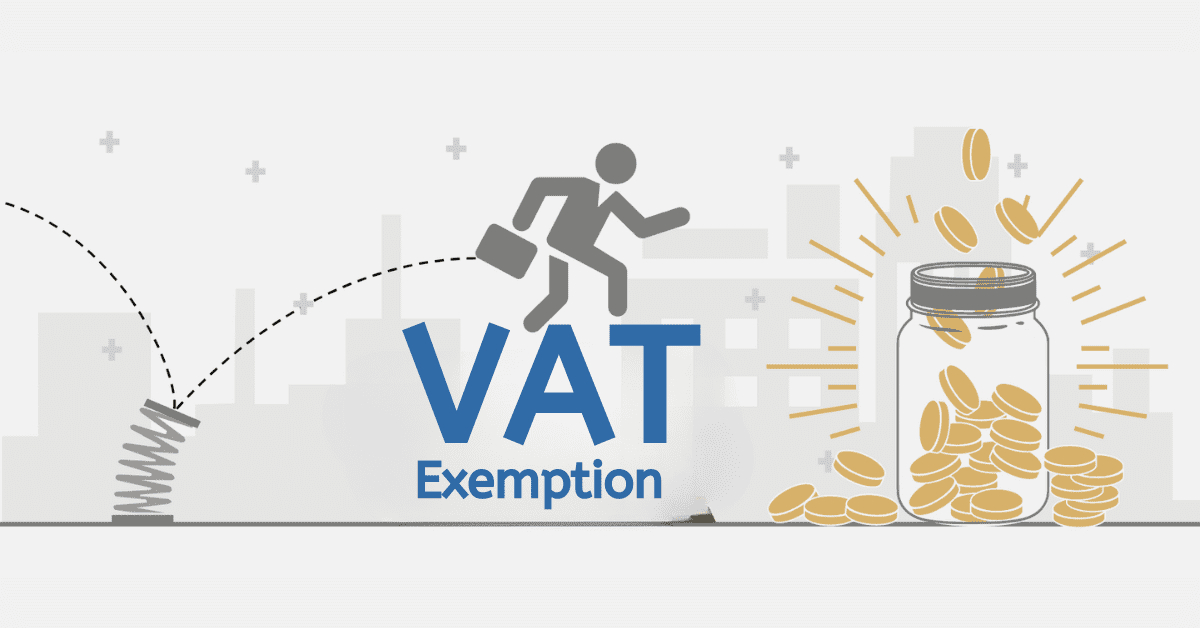In the year 1991, a new participant emerges within the context of South Africa. The fiscal policy measure known as Value-Added Tax (VAT) is poised to significantly alter the nation’s approach to indirect taxation. Visualize the Value Added Tax (VAT) as a figurative tax collector, systematically procuring a nominal amount of funds upon each instance of items or services being utilized.
However, this is the point at which the situation becomes intriguing. The narrative introduces a plot development referred to as “deemed VAT.” Imagine a tax tale with a twist, like those surprise moments in movies called plot twists. Now, in the VAT world, we have our own twist – it’s called assumed VAT. This twist treats certain transactions like they involve goods or services, whether they really do or not. Brace yourself; this unexpected turn adds a layer of complexity to the VAT framework.
Getting how the VAT system works is key for anyone in the South African business scene. It’s like having a map to navigate the tax labyrinth successfully. It’s a tax adventure with twists and turns – movie plot style! Prepare yourself and immerse into the captivating realm of Value Added Tax (VAT).
What is Deemed VAT?
The concept of deemed value-added tax (VAT) in South Africa pertains to the treatment of specific transactions as if they were the provision of products or services for VAT-related reasons, irrespective of the absence of an actual transfer of goods or services. The aforementioned idea holds significant importance in scenarios when transactions may not align with the conventional supply requirements, yet are classified as such by tax authorities. A frequently encountered situation involves the procurement of pre-owned items from an unregistered seller. The input tax deduction on second-hand items is restricted by the VAT Act to the lesser of the actual purchase price or the notional VAT.
How do you calculate deemed output VAT?
South African deemed VAT calculations frequently depend on a narrow set of assumptions. In the case of used products, for instance, the hypothetical VAT is an important consideration. Notional VAT is calculated by adding the customs value to any duties that were not refunded. After that, the current VAT rate of 15% is applied to the total. However, the nature of the commodities, their country of origin, and other circumstances may warrant special considerations and exemptions. South African Value-Added Tax laws necessitate that firms carefully manage these computations.
What is a Deemed Invoice?
This nifty document swoops in when a formal invoice is nowhere to be found but a transaction is considered to involve the supply of goods or services. It’s like a st and-in, treated as if it were an actual invoice for VAT purposes.
The VAT Act, kind of like the rulebook, provides guidelines on what information should be included in a deemed invoice. It’s like a checklist ensuring all the necessary details are available for the tax authorities to assess the transaction accurately.
What is the Meaning of Deemed Supply?
In the world of VAT, there’s a concept called “deemed supply.” It’s like a magic trick where a transaction, even without direct consideration like money, is transformed into a supply of goods or services for VAT purposes.
So, whether it’s a gift from your generous friend or a barter deal you struck at the marketplace, the legislation pulls a rabbit out of the hat and deems these transactions as supplies. This ensures they’re subject to VAT, contributing to a comprehensive and equitable tax system.
What are the Activities Deemed to be Supply of Goods?
Now, there are some activities that are treated as supplies of goods, even if they might not seem like it at first glance. It’s like a magic trick, expanding the scope of taxable transactions!
For instance, if a vendor or any associated person uses goods for private use, voila, it’s deemed a supply! The same goes for the disposal of certain assets. And here’s the grand finale: the sale of a business as a going concern is also deemed a supply.
Understanding these deemed supplies is like having a map in the complex world of VAT. It’s essential for businesses to ensure they’re playing by the rules and accurately accounting for the tax implications of these activities.
Final Thoughts
So, let’s wrap this up. Picture deemed VAT in South Africa as a superhero in the world of taxation. It swoops in when there’s no direct exchange of goods or services and ensures these transactions don’t escape the tax net. It’s all about promoting fairness and transparency, and preventing any potential tax dodging.
Now, if you’re a business or an individual, you need to be in the know about this superhero. Especially in transactions where a supply is deemed to have occurred. It’s like having a secret decoder ring to understand the calculation methodologies, deemed invoices, and the activities that are treated as the supply of goods.
Staying informed is key to playing by the rules and complying with VAT regulations. And remember, when the going gets tough, tax professionals are your sidekicks, ready to help you navigate the complexities of deemed VAT in South Africa.
